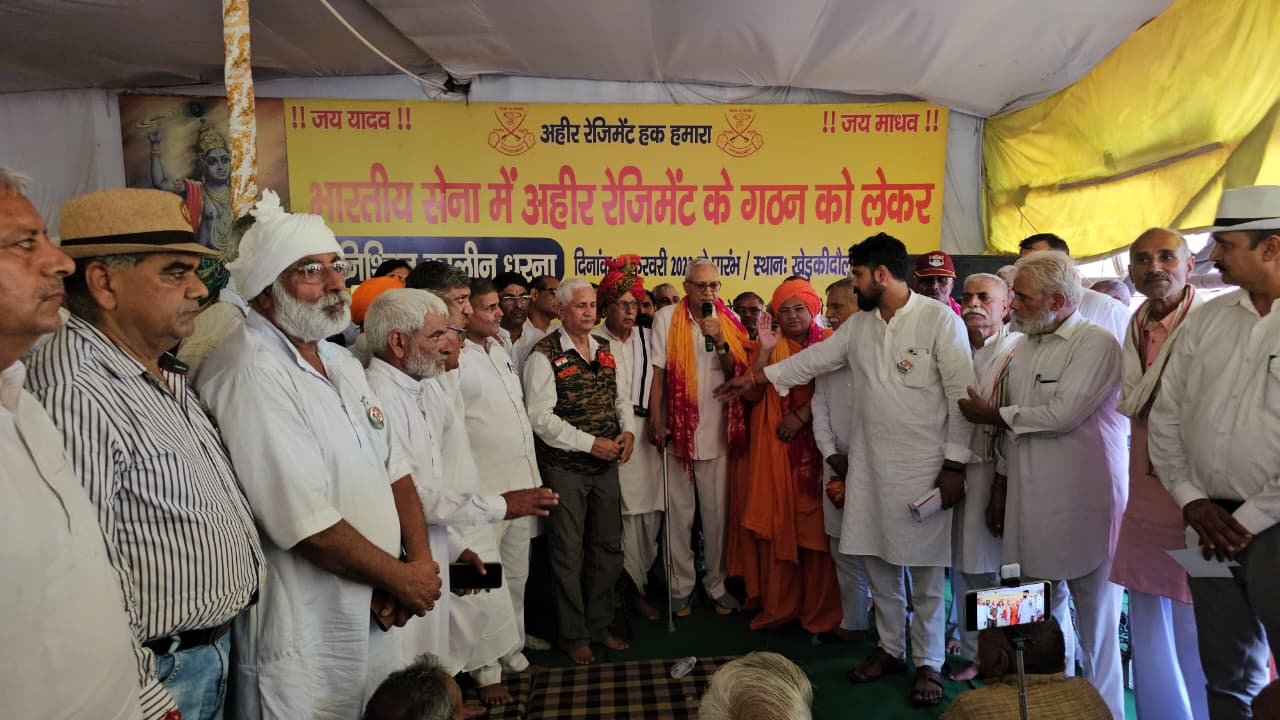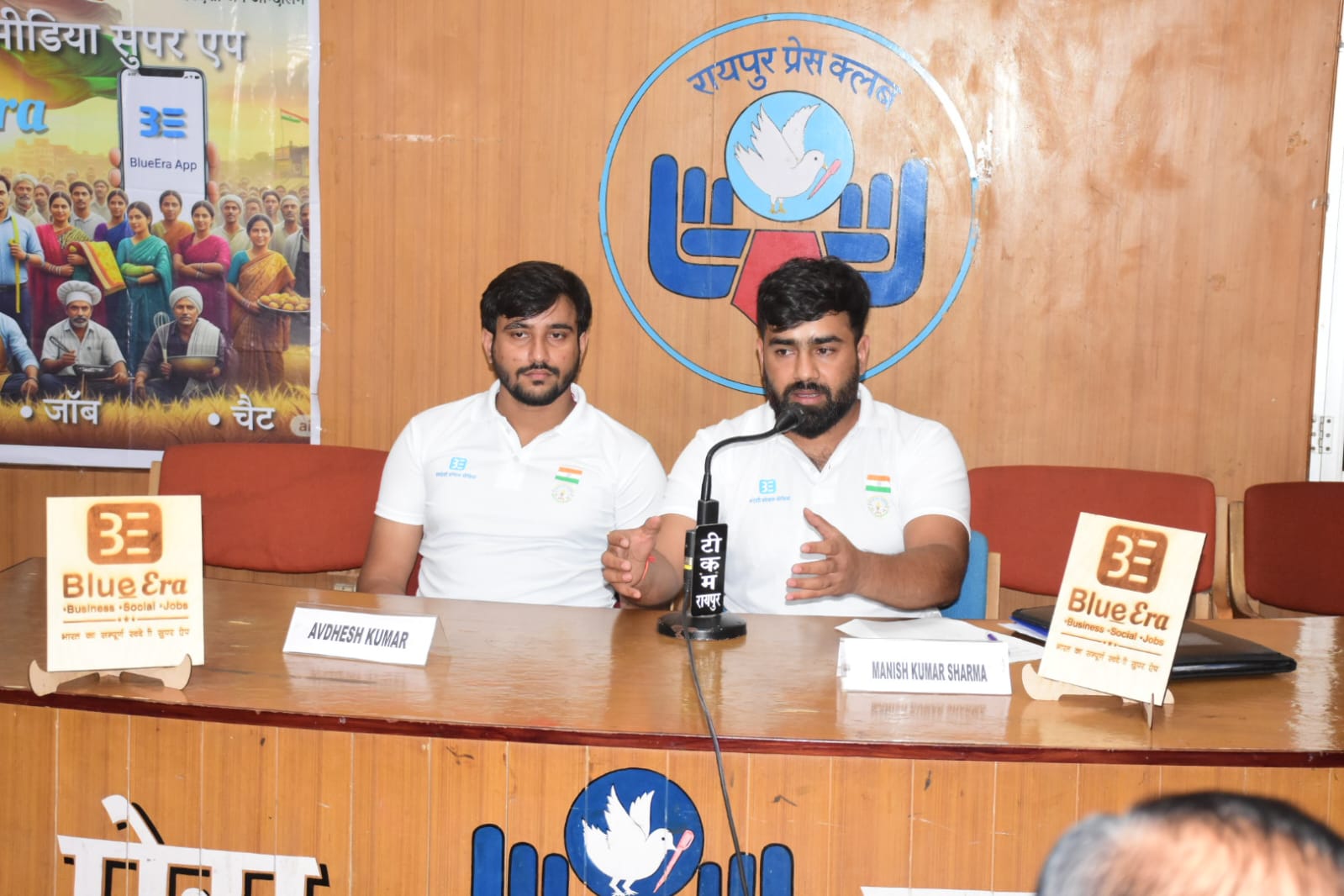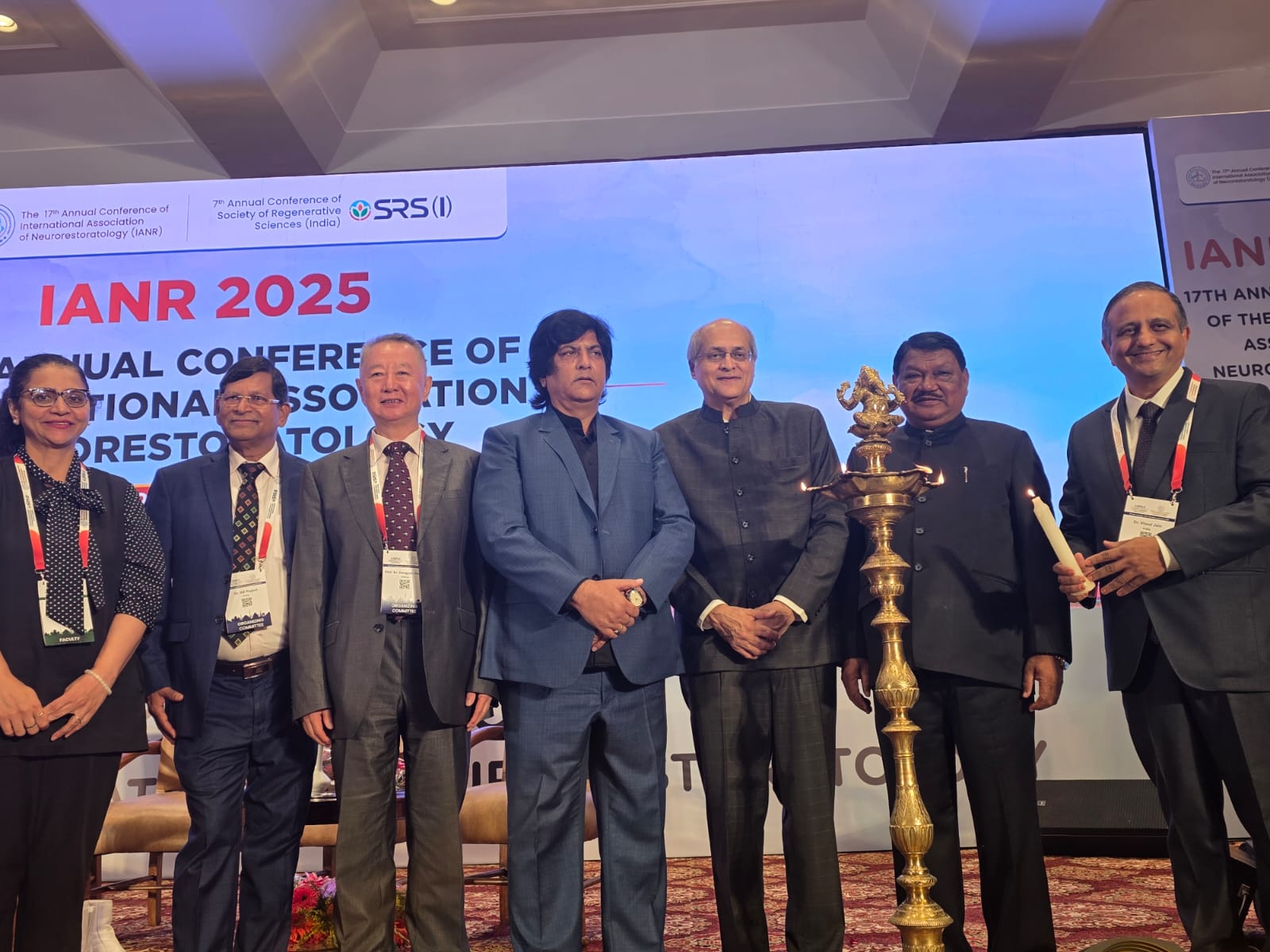An Indian innovator unveils the Namaha Calendar, featuring a 360-day year and 61-second minutes, aiming to simplify global timekeeping and end leap year confusion once and for all.
New Delhi: For over 400 years, the world has relied on the Gregorian calendar—a system introduced in 1582 by Pope Gregory XIII to correct the Julian calendar’s drift. But leap years, uneven month lengths, and quirky leap seconds have always made keeping track of time a little messy. Could there finally be a simpler, more predictable system?
Meet Namaha, a young researcher from Ghaziabad, whose bold invention—the Namaha Calendar—promises to simplify our days and months while keeping time aligned with the solar year. And yes, his system could even give February a 30th day.
What Makes the Namaha Calendar Different?
At first glance, it may seem like a small tweak—but the implications are huge:
- A Perfectly Symmetrical Year
The Namaha Calendar proposes a year with exactly 360 days: 12 months, each with 30 days. No more uneven months, no more leap years, and yes—February finally gets its fair share. - A Minute That Lasts 61 Seconds
To account for Earth’s 365.25-day orbit while keeping a neat 360-day year, Namaha suggests redefining the minute. Each minute would now have 61 seconds, a subtle but clever adjustment to synchronize clocks with the solar year. - Fixed Dates for Festivals and Birthdays
Imagine celebrating Diwali, Eid, Christmas, or even your birthday on the exact same date every year—without checking apps or consulting calendars. The Namaha Calendar promises consistency for both personal and professional planning.
Why This Calendar Could Change Everything
“When the Gregorian calendar was introduced, it met the needs of humanity in the 16th century,” Namaha explains. “Today, in a digital and interconnected world, we need a calendar that is simple, predictable, and easy to coordinate globally.”
From international business meetings to school timetables, irregular months and leap years often create confusion. Namaha’s 360-day, 61-second-per-minute system could reduce inefficiencies, lower digital energy consumption, and even simplify software and app development.
Steps Toward Global Adoption
Turning this ambitious idea into an international standard won’t happen overnight, but Namaha’s team is taking concrete steps:
- Scientific Validation: Astronomers and physicists will test the 61-second minute for accuracy.
- Global Advocacy: The calendar may be proposed to the UN and ISO for potential worldwide recognition.
- Pilot Testing: Digital platforms and smart devices will experiment with the calendar in real-world scenarios.
- Public Awareness Campaigns: Education initiatives and media outreach aim to help people understand and adapt to the system.
Could the World Actually Adopt It?
A 360-day year and 61-second minutes may sound radical—but history shows that humans can adapt to revolutionary ideas. Just as the Gregorian calendar eventually unified global timekeeping, the Namaha Calendar could be the next leap forward in how we measure time.
Online conversations are already buzzing, with memes joking about “61-second coffee breaks” and “eternal weekends.” One thing is clear: Namaha’s calendar isn’t just a new way to mark dates—it’s sparking a global conversation about the future of time itself.

















Leave a Reply